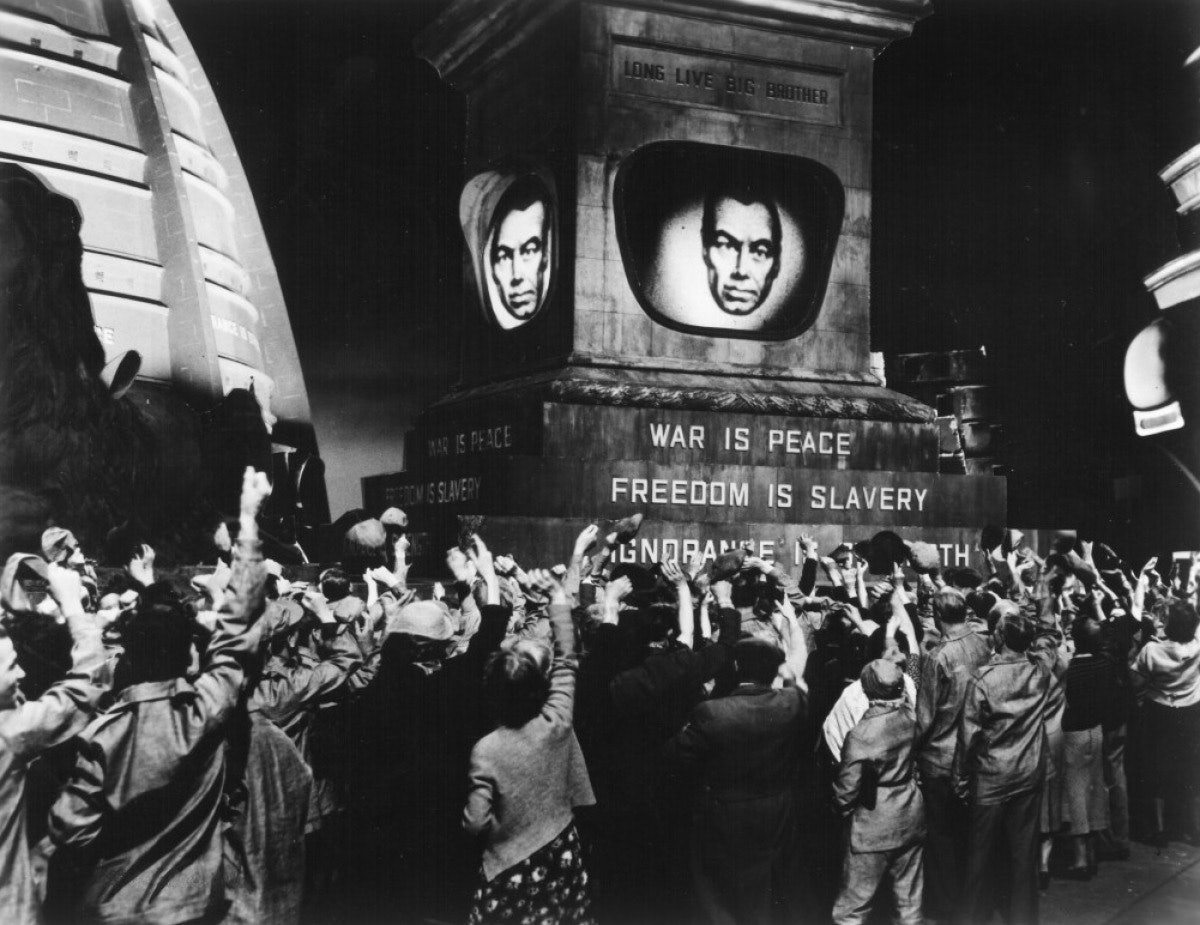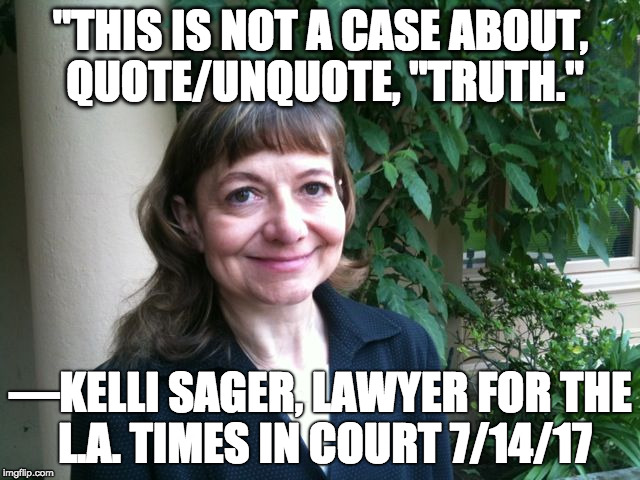
Attorney General Jeff Sessions’ September 5th announcement that the Trump Administration is repealing Obama’s DACA (Deferred Action for Childhood Arrivals) program for children brought into the United States illegally marks another political low point for a president who stages his photos so he looks tough “like Churchill” but whose governance is so wobbly and noncommittal that he’s elevated waffling to an artform.
The 800,000 DREAMers, Trump said in November, “shouldn’t be very worried.”
“I love these kids,” Trump said. But the president loves his far-right nativist base more.
You better bet those kids are worried now.
As Barack Obama said after Sessions’ statement: “These Dreamers are Americans in their hearts, in their minds, in every single way but one: on paper. They were brought to this country by their parents, sometimes even as infants. They may not know a country besides ours. They may not even know a language besides English. They often have no idea they’re undocumented until they apply for a job, or college, or a driver’s license.”
Totally true words.
And, coming from the man who set the stage for Trump’s xenophobic and racist policies with plenty of his own, totally empty.
Obama promised comprehensive immigration reform, including legal protection for the DREAMers, during his 2008 campaign. As president, however, he never tried to make it happen — even in 2009 and 2010, when his Democrats controlled both houses of Congress. Republicans went obstructionist on all things Obama after 2010, so a frustrated Obama farted out DACA as an unconstitutional executive order in 2012.
In a typically perverse Democratic attempt to out-Republican the Republicans, Obama became the “Deporter in Chief,” throwing more people out of the United States than all the presidents of the 20th century combined.
Obama’s deportees, he promised us, were criminals. “Felons, not families. Criminals, not children. Gang members, not a mom who’s working hard to provide for her kids.” Sounded like a reasonable policy. Trouble was, one-size-fits-all legal strictures don’t account for the complexities of real life.
Hundreds of children of Cambodian war refugees were deported “back” to Cambodia — a country they had never seen, where they had no friends or relatives — due to the kind of screw-up privileged whites call “youthful indiscretions” — many under President Obama. “I had no luggage. I had about $150 in my pocket. No possessions at all,” remembers Sophea Phea. “Everything’s in Cambodian and you don’t even know how to write your name in Cambodian,” said Chandara Tep.
“Some don’t make it. We’ve had suicides,” said Bill Herod, who founded a charity in Phnom Penh for U.S. deportees.
They weren’t all angels. But is it really so shocking that the children of survivors of the brutal wars in Southeast Asia — wars whose carnage can in large part be blamed on the United States — might do stupid crap as teenagers? Phea used a stolen credit card; Tep shot a gun in the air during a gang fight. He was 15.
Phea’s son, 13, lives in California with his dad. Mom and son can’t see each other — and that’s because of Obama.
Can’t empathize? Show this article to a friend; he or she likely can. One-third of Americans of working age have a criminal record. Obama smoked pot and snorted cocaine. George W. Bush had a DUI; Dick Cheney had two. Roughly 17% of all Americans (including children and other non-drivers) have a DUI conviction.
Let he who is without self-righteous BS Christian sanctimony cast the first deportation.
Trump and his fellow Republicans’ repugnant decision to expose DREAMers — who, by definition, have clean criminal records — to deportation is a classic example of the peril of the slippery slope. This is what happens when the Left goes to sleep because a Democrat is in the White House.
First Obama came to deport the children who knew no home other than the United States, but we said nothing because they had criminal records (even if they weren’t a big deal and/or referred to crimes that occurred ages ago). Then Trump came for the kids with no criminal record at all, but we said jack because they didn’t happen to have the right immigration documents.
By the time they come for U.S. citizens — you know the rest.
(Ted Rall (Twitter: @tedrall) is author of “Trump: A Graphic Biography,” an examination of the life of the Republican presidential nominee in comics form. You can support Ted’s hard-hitting political cartoons and columns and see his work first by sponsoring his work on Patreon.)






